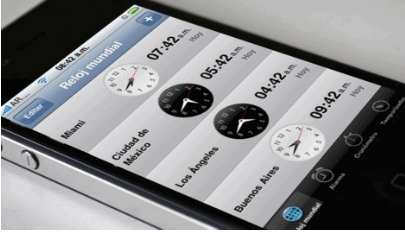
These phablets have been getting increasingly glowing reviews, press, and buzz, as the 2000’s trend of the smaller-the-better phones continues to reverse itself in this decade. In her review of the iPhone 6, Re/Code’s Lauren Goode wrote: “…I have to admit it: I’m tempted. I really like this phone. And people who actually prefer huge smartphones: you’re going to like this phone, too.” Similarly, Engadget’s James Trew loved the Galaxy Note 3: “The Note remains unchallenged in its category. Excellent battery life, a brilliant display and top performance make it an excellent all-rounder…”
These companies should be hailed for their innovation and for knowing the desires of the market, right? Sure, but I do find it interesting how fickle the electronics consumer can be, especially when they first encounter a truly innovative product for the first time - especially when the company that releases it lacks pedigree in that particular market.
Case in point: The Dell Mini (later renamed Streak 5). This was one of the very first “phablets” – before the term was even coined. It was released by Dell way back in early 2010 in an effort to get a let up in mobile devices, but its 6-inch size was met with derision and poor reviews that called out the “awkward” screen size. In fact, Engadget had this to say about it: “Dell's puzzled the world for quite some time with its outlandish Mini 5 / Streak -- at first glance it's just another Android-based MID, but a quick fiddle with it reveals the full-fledged 3G phone inside. So will it fit in a pocket? Can we carry it around like a normal phone?” Hardcore techies were intruiged and looked past some of the early software bugs and flawed features, but the broader market didn’t know what to make of it and thus it garnerd only tepid sales. Seems like Dell, a company not known for innovation or smartphones, was a bit ahead of its time perhaps?
So why is the phablet now considered a brilliant and celebrated form factor? It’s a good question and a key example of how product development and marketing need to be aligned for a successful new product launch. The voice of the customer needs to be a part of the vetting process, and the benefits of new features & form factor needs to be clearly and repeatedly communicated. Proper pricing is also required: too pricey and it will not be quickly adopted, too low and “cheap” will overshadow “new & innovative.” I’m happy the phablet is finally gaining mainstream traction (and Dell deserves some credit for its pioneering try), but hopefully there are some lessons learned about what’s “old” being “new” again.
 RSS Feed
RSS Feed
